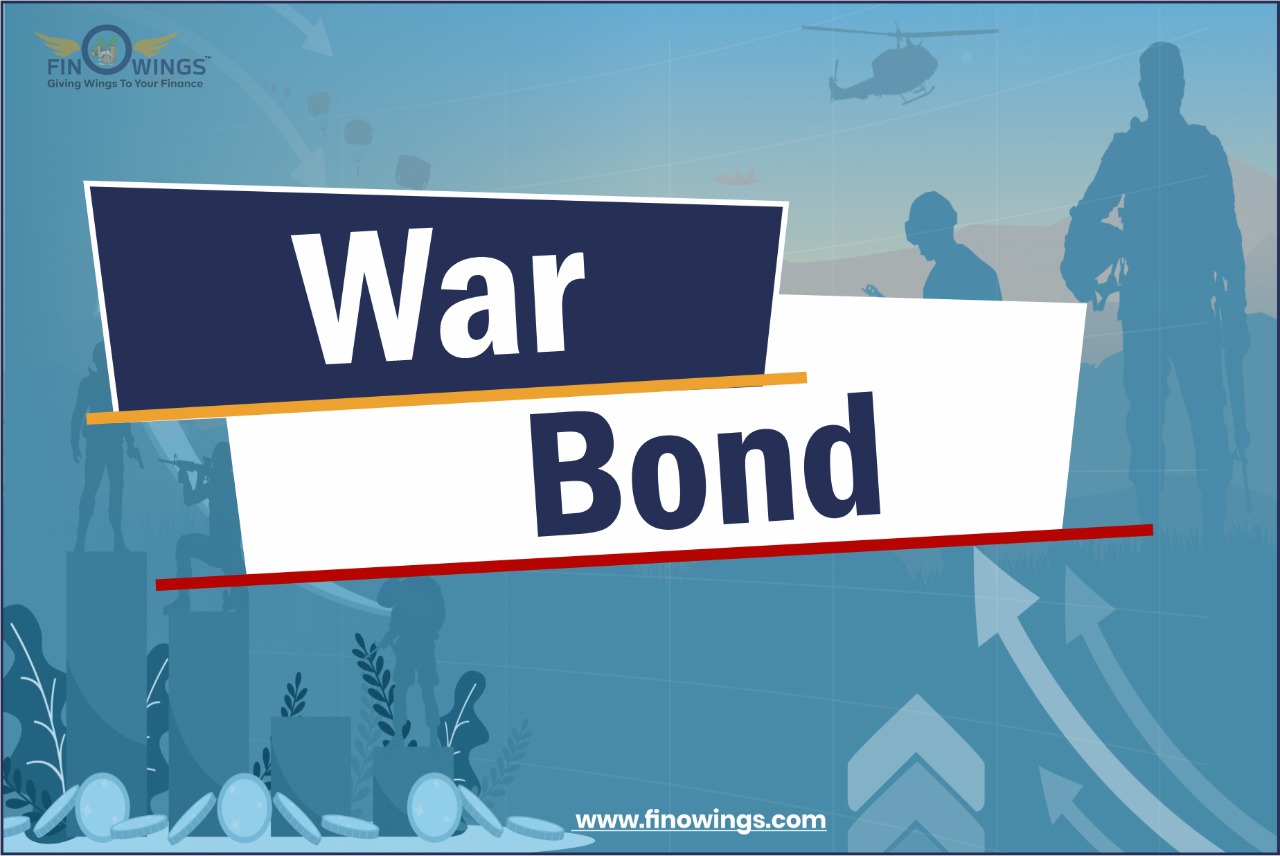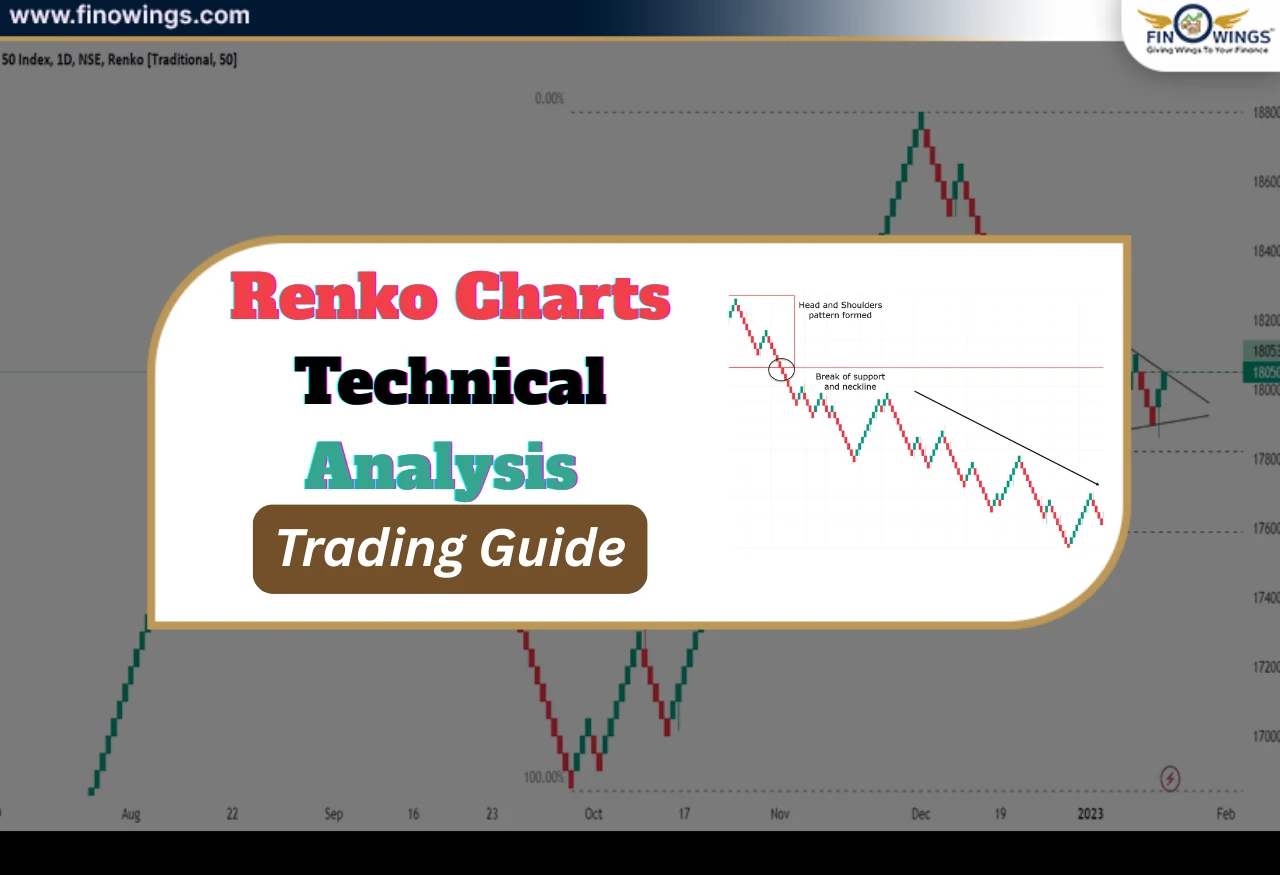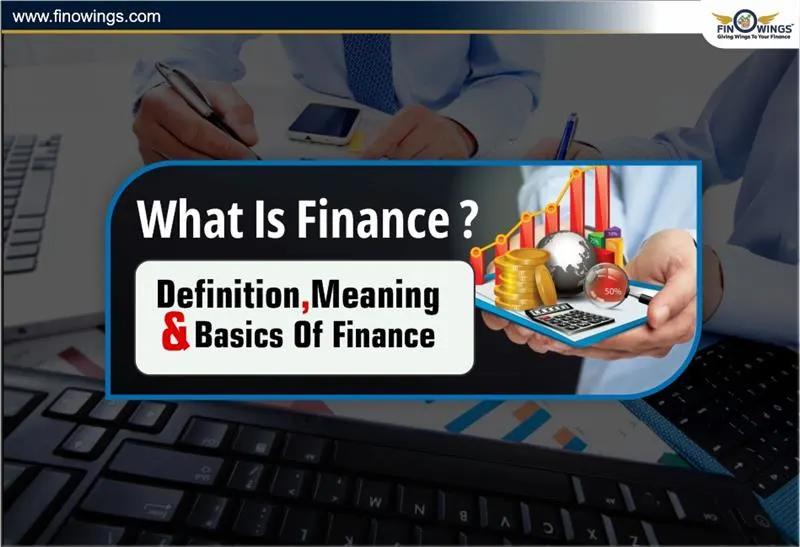Home >> Blog >> What Is War Bond?
What Is War Bond?

Table of Contents
War is a costly affair for any nation and continuing to support military activities requires a great deal of finance. To ensure funding for war activities, governments issue war bonds. The government often markets these bonds not only as investment opportunities but also as an opportunity to show patriotism. Sometimes war bonds are also referred to as "Liberty bonds," "Defence bonds," "Military bonds," and "Victory bonds."
Understanding War Bonds:
War bonds are debt securities issued by a government during a war or conflict to finance military operations and other expenses. A war bond is essentially a loan given to the government to fund the war. While there are many different types of structures for war bonds, they are issued at a discount.
War bonds weren't always an ideal medium for investment. These bonds usually do not pay interest and offer rates below the current market rate, investments driven primarily by sentimental appeals to patriotic citizens or individual investors who view their purchases as a civic duty and lend money to the government to fund military activities. The return on investment of war bonds is lower than that of other commercial bonds. They are usually promoted as an endorsement of the country's military rather than as investment opportunities. In addition, if the government borrowed heavily to finance its war effort, it would have to pay all those bills at the end of the war.
In modern times, governments use bonds to reduce inflation and war bonds are also a means of controlling inflation by reducing money from circulation in an agitated wartime economy. Therefore, to finance military operations, governments print more money and then use bonds to reduce the money supply in the economy. War bonds are either wholesale bonds traded on a stock market or retail bonds sold directly to the public.
History of War Bonds:
War bonds first appeared in 1917 as liberty bonds, which were used to help finance the US government's involvement in World War I. During the war, these bonds were made available to retail investors as well as wholesale investors, with the aim of raising enough capital to finance the increased military expenditure of governments. A strong publicity campaign was created to appeal to the patriotic spirit of the nation. War bonds were promoted on many media channels including newspapers, radio stations, cinemas, etc. so that the American people could learn more about them. Celebrities like Charlie Chaplin were used by the government to promote bonds among the retail public. At the time, retail investing was still too new for many investors who weren't enthusiastic about buying bonds. As a result, Liberty Bonds were primarily purchased by wholesale investors and financial institutions. The government was successful in raising $21.5 billion from the sale of these bonds and these bonds were again issued in the name of Defence Bonds during the Second World War. War bonds were seen as both an investment in their country and an investment in their financial future. In addition to the US government, countries such as Germany, Austria, Hungary, the United Kingdom and Canada issued war bonds. These bonds sought to attract the conscience and patriotism of the people as their rate of return was generally lower than the prevailing market interest rates.
After the Great War, the US government began selling E or savings bonds. They worked like this and kept on helping the government to raise money. But in modern times, the Government no longer issues war bonds. Instead, military activities and other expenses are funded using other financial methods. Following the end of the Second World War, War Bonds came to be classified as EE bonds, which are technically the successors of these bonds. A current example of a war bond is in Ukraine. As soon as Russia invaded the sovereign nation, war bonds worth $277 million were issued to fund its resistance efforts, according to a report.
How War Bonds Work:
Winning a war is expensive. But losing it is even more expensive. Governments need quick access to large amounts of capital during the war as there is never enough time or preparation for war. War bonds are a way for the government to provide necessary financial support for military operations and activities during a war or conflict.
War efforts and defence initiatives can be financed with the help of war bonds which can be understood as loans given to the government. Therefore, they are popular financial instruments during the war. Governments also use war bonds to help fight the inflationary cost of printing currency during the war to operate money during the war. War bonds operate in the same way as regular government bonds; however, they sometimes offer lower interest rates than the prevailing market rates.
Over time, war bonds followed different formations, but they had some features in common. For example, they all have a very low return on investment compared to other bonds in the market. This is because they are a means of raising money quickly when in need, and they may not have a high yield to avoid huge debt later.
Advantages & Disadvantages of War Bonds:
Issuing war bonds allows the government to quickly raise money to fund military operations. War bonds can also be a source of profit for investors by speculating about the outcome of the war. If one side suffers a temporary military defeat, investors can buy war bonds from that country if they anticipate a quick reversal. However, they also run the risk of losing their investment if the war is lost.
There were several advantages associated with war bonds which were as follows:
|
Face Value |
War bonds could be bought for less than their face value. |
|
Pride and Patriotism |
War bonds provided a sense of pride and patriotism to the citizens as they helped with the war effort. |
|
Safe Investment |
War bonds were guaranteed by the government, making them a safe investment. |
|
Raise Funds |
It helps the government to raise funds during times of war. |
·
The disadvantages associated with war bonds were as follows.
|
Lower Interest Rate |
The interest rates paid on war bonds were lower than those of other securities in the market. |
|
Interest Payments |
The interest payments on war bonds were not paid over the entire life of the bond. |
|
Risk of Loss |
Similar to other securities, war bonds carry the risk of loss if sold before maturity at a price lower than the purchase price. |
|
Not Ideal |
War bonds were not always an ideal medium for investment. |
Conclusion:
While war bonds are currently not available for sale, they were a viable tool used by governments to raise emergency funds to support military expenditure. These bonds were seen as the contribution of the civilian population to the victory. However, investors can see war bonds for sale in countries like Ukraine where the government has recently announced the issuance of war bonds to pay for fighters and other military expenses. The country has issued several successive bonds, raising approximately $1 billion in total. However, war bonds involve risk. These bonds deliver low returns, and Investors assume the risk that if the country defaults they could lose the investment. Governments should be wary of the risk that they will take on more debt than they can afford when issuing bonds.
Author
Frequently Asked Questions
War bonds still exist but nationwide war bond campaigns are no longer as vibrant as they were during the World Wars. Investors can still see war bonds for sale in war-torn countries such as Ukraine, Iran, etc.
Both individuals and legal entities can buy Ukraine War Bonds through banks or brokers. The Ministry of Finance of Ukraine has published information (in Ukrainian only) on primary dealer banks and licensed brokers for the convenience of investors.
War bonds allow a country to raise funds for its military spending without resorting to heavy taxation or inflationary monetary policy. War bonds are also a means of controlling inflation by reducing money from circulation.
Bond prices are affected by war events, which lead investors to believe that the concerned government may default on the coupon or the capital amount at maturity, as well as the time value of money. Therefore, any situation that affects the interest rate in the money market affects bond prices as well.
















